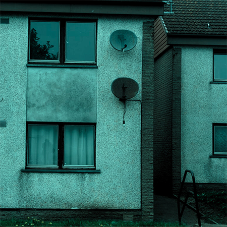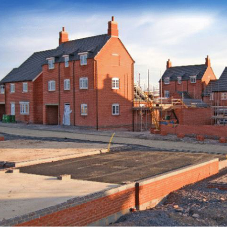When choosing the finish of your flooring, two major contenders come to mind. The two most popular options amongst the world of flooring are, unsurprisingly, carpet and wood finishes. But which one comes on top? Let the battle commence.
Round One – Durability
Good quality wooden floors can last for decades – whereas many people may find themselves replacing carpet every five or so years, due to stains, holes, or shabbiness from everyday wear and tear. Wood flooring can also be “repaired” rather than replaced if something does go wrong. With wooden flooring, a simple sand and seal can rescue the damaged area. Most carpets have loops that can be pulled loose, and because of its woven nature, once a carpet begins unravelling it can quickly get worse. However, recent advances in fibre, weave and backing technologies have resulted in carpet that brings more durability to the traditional carpet – and with little maintenance the carpets can stand the test of time even in higher traffic areas.
Round Two – Maintenance
Wood floors are fairly easy to clean. A simple brush or light vacuum keeps the wooden floors looking their best. If dogs or children have dragged mud through the house a damp mop removes this muck with ease, however over time the floor can loose its shine so that means that you have to wax it using a special machine. Carpets require some TLC too, hovering them is essential, and occasionally they require a good washing as any fabric does. Nowadays there are companies from where to rent a carpet washer for a very economic price, and most supermarkets sell different foams or dry-cleaning materials so you can fairly easily clean your carpets without any special equipment.
Round Three – Future proofing
Since wood is a naturally occurring resource, which can even be reforested, hardwood floors may also be a quality ecological choice. However, carpet provides actual thermal resistance, or R-value. In colder climates or seasons, it retains warm air longer, which is an energy conservation benefit, however wood is usually preferred if considering underfloor heating. If decorating is a worry, with wood flooring you are not stuck with a certain colour or shade, they have different natural patterns, with no two hardwood floors being exactly alike, also if you are tired of the colour, you can sand and refinish them several times. Carpets on the other hand would require a complete re-fit, however, they are more economic as a whole and so the process may be less costly and less straining for you.
Round Four – Allergens & slips, trips and falls
Carpet is great for cushioning our footsteps, reducing slips and falls and minimizing injuries when falls do occur. It’s important to bear in mind that wood flooring can become slippery, making it a little dangerous to walk on in sock feet, however for people suffering from allergies, wood flooring is ideal as unlike carpet, it is not a source of dander, dust, fluff, fur, mildew, mold and pollen. Wood floors are also resistant to smells from spills or pets. However, new studies have shown that new carpet is one of the lowest VOC-emitting flooring choice available. It can act as a passive air filter, trapping dust, pollen and other particles and removing them from the breathing zone. These studies have shown that people with asthma and allergy problems have seen symptoms improve with carpet.
Round Five – Price
Many people have a tendency to completely overlook Wooden Flooring, because it is initially more expensive than carpet - however, you could reap many great benefits which outweigh the initial additional cost. One of the biggest disadvantages to wood flooring is the expense because mostly, only natural materials are used and people with a limited budget may not be able to afford wood flooring. It also is time-consuming to install them as they have to be laid in strips, which is why most people have them professionally installed, and this can count as another added expense. Carpet flooring is arguably a more economic option, considering the outlay of capital – and it can be installed without a professional tradesman, which also saves some of the cost.
Related Blog Articles
















![Residential Sector Market Overview [INSIGHT] Residential Sector Market Overview [INSIGHT]](/20/blogentry/00/05/54/th554.png)